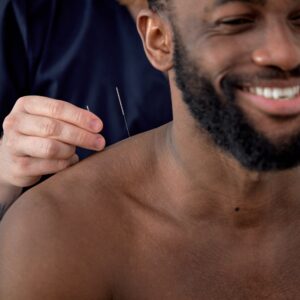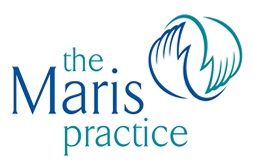
Acupuncture is a traditional Chinese medicine (TCM) practice that involves the insertion of thin needles into specific points on the body (known as acupoints). The practice has gained widespread popularity in recent years due to its potential benefits for a wide range of health conditions.
The origins of acupuncture can be traced back to ancient China, where it is believed the human body had a network of channels (or meridians) through which our vital energy force, Qi (“chee”) flows. Acupuncture balances and restores the flow of Qi in the body.
Today, acupuncture is widely recognized as a safe and effective form of alternative medicine, and it is used to treat a wide range of health conditions, including chronic pain, anxiety, depression, and digestive disorders. Acupuncture has a long history effectiveness with gynaecological concerns including menopause, endometriosis, PCOC, period pain, and fertility.
Acupuncture involves the placement of very fine needles into specific Acupuncture points along channels to clear blockages and restore balance.
“Where there is pain, there is no free flow of Qi; Where there is free flow of Qi, there is no pain” – Huang Di Nei Jing, ancient Chinese medicine text.
Acupuncture should only be performed by a licensed acupuncturist, who will begin by conducting a thorough health assessment to identify any underlying health conditions or imbalances. Based on this assessment, the Acupuncturist will develop a customized treatment plan that targets the specific acupuncture points that are most likely to be effective for the patient’s condition.
During an acupuncture session, the patient will lie comfortably on a treatment table, and the acupuncturist will insert the needles into the selected points. The needles may be left in place for moments or up to 10-15 minutes. A mild sensation of warmth, pressure, or tingling may be experienced. In the hours and days afterwards, the patient can feel relaxed and a pleasant sense of tiredness. They may also feel energised and just “feel better within one’s self”.
